At Lora Cecere’s Supply Chain Global Submit 2017, the session on Additive Manufacturing had particularly grasped my attention. I don’t think anybody questions the fact that 3D printing has done and continues to do amazing things. The questions being asked now are about how we can continue to push the possibilities forward. Additive Manufacturing and Material Science are maturing very rapidly, and will transform the manufacturing industry.
“Additive manufacturing is a rapidly-expanding field and a national strategic priority in many countries in Europe and North America. “As an emerging manufacturing process, it is a disruptive technology that will both complement many traditional manufacturing techniques, and become a major technique in the future, enabling new business models, products and supply chains to flourish,” Dr Xiaopeng Li, Lecturer, UNSW
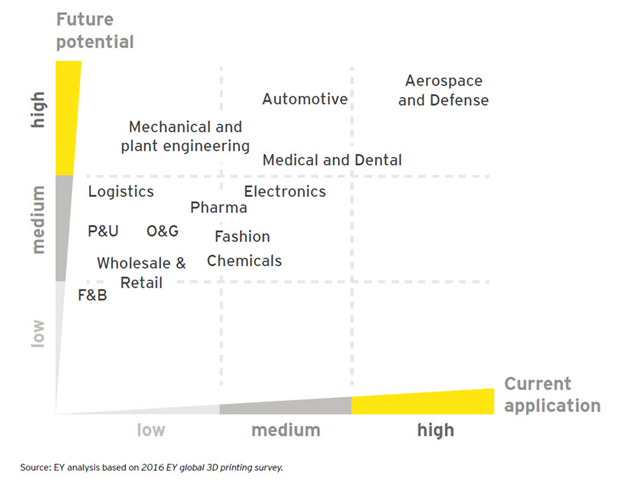
Global 3D Printing Survey
Technology companies can provide an array of options to help manufacturers explore broader use beyond rapid prototyping and invest in the next generation of AM technologies, such as hybrid printing, multi-material, multicolored fabrication techniques and touch based user interfaces. Options range from the scanning of physical objects to modeling, designing and slicing software to the materials and printers themselves.
“adidas and Carbon are creating the next breakthrough in athletic footwear, leveraging Carbon’s Digital Light Synthesis technology to bring a new product and platform to life: Futurecraft 4D. Together, we are developing the first mass production process that makes previously impossible midsole geometries with revolutionary 3D printable materials, paving the way for custom, high performance shoes that meet the unique needs of each customer.” ~ carbon3d.com/stories/adidas/
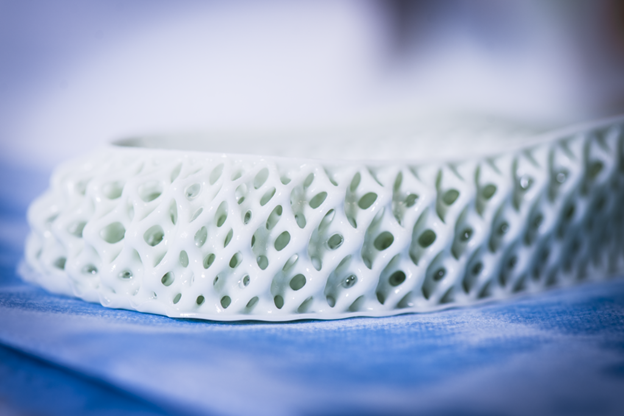
According to Carbon, Digital Light Synthesis is a breakthrough process that uses digital light projection, oxygen-permeable optics, and programmable liquid resins to generate durable products, and the Futurecraft 4D is adidas’ first application of that technology onto a shoe. By the end of 2018, adidas plans on producing more than 100,000 pairs of of shoes using Digital Light Synthesis technology, a technology pioneered by Carbon.
“Carbon’s programmable liquid resin platform uses light to create the shape of the sole, then uses heat to set it, allowing the team to create a print from scratch. In addition to saving on cost, the method also significantly reduced manual post-processing steps of traditional manufacturing. Carbon was able to develop an elastic material for the Futurecraft 4D midsole, which is stiff but resilient, creating a high-performance midsole with optimum energy return.”
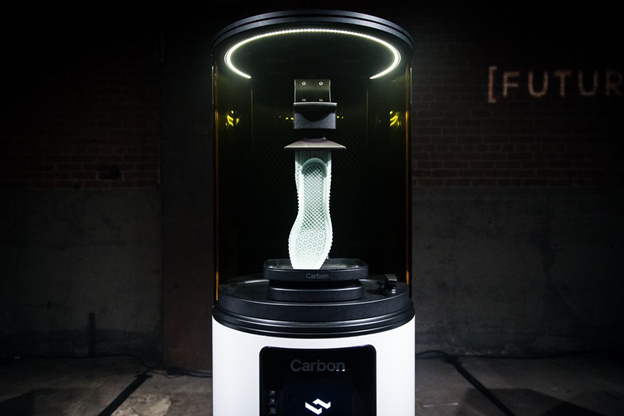
Carbon and adidas
“The Carbon-adidas collaboration made ten times as many iterations possible! Further, each iteration was produced with the same process and material as the ultimate product. These were not just prototypes for assessing a design’s visual appeal: We could actually test midsole performance in the design stage. In other words, Carbon’s technology makes prototyping obsolete. Gone are the days when it was necessary to prototype a product using a technology that does not allow for scale-up.” ~ Carbon

3D Printed Shoe
“Fully-automated 3D printing will revolutionize industrial manufacturing over the next five years. This is also reflected in figures. By the year 2030, an annual growth rate of about 20 percent is predicted for the market. This represents an increase from currently 4.1 to about 40 billion US dollars – but the biggest growth comes from production, not prototyping. Looking at the trend curve for a new technology according to the Gartner Inc. model, industrial AM will have reached its production plateau in about two to five years.”~ RENÉ GURKA, bigrep
Future of Additive Manufacturing
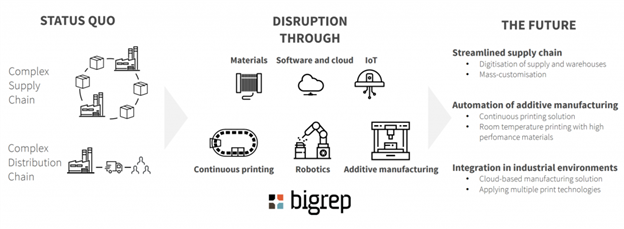
Additive manufacturing means a greatly simplified, highly responsive, and infinitely flexible supply chain fulfills the order. The demand economy is disrupting every sector and when paired with the advent of additive manufacturing, is a true game changer for the manufacturing industry. It should be a warning sign for companies that if they don’t innovates their supply chains, they may become irrelevant as consumers will have more control of the production of their own products.
Source: strategy & analysis
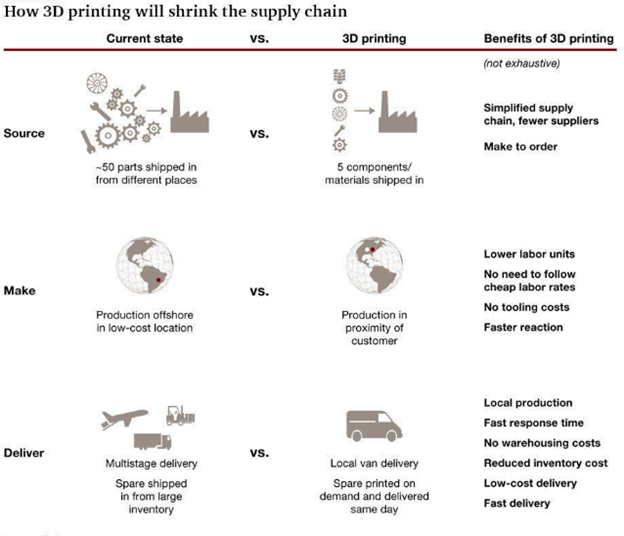
Prophit Systems’ Multi-Echelon Inventory optimization tool “Prophit AutoStock” includes automated predictive algorithms to forecast your future requirements. Our expert algorithms identify products that should be re-categorized, allowing quick and intuitive management of all products at all warehouses, and on-demand. All inventories are visible by location, cost, days cover, selling units and storage units for current and future periods. We are all prepared for the future of additive manufacturing.
Tim Gray – Prophit Systems

